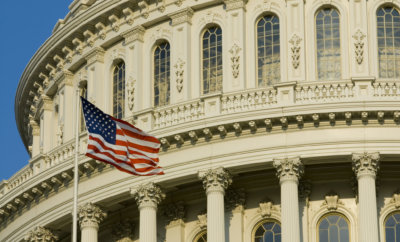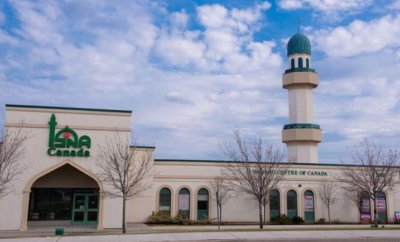Immigration
Immigration Rising in Ontario After a Decade-Long Slump

Toronto City Hall, Canada
Photo: Bigstock
In January 2017, Ontario received 10,870 new permanent residents, which is a 48.6 per cent rise from 7,315 in the same span in 2017.
After a decade long slump, Ontario has once again begun to see a revival in immigration in the area . The number of permanent residents in the province has jumped from a low of 95,828, or 36.8 per cent of the 260,411 in 2014 to 111,925, or 39 per cent of the 286,480 new arrivals to Canada in 2017, The Star reported.
In January 2017, Ontario received 10,870 new permanent residents, which is a 48.6 per cent rise from 7,315 in the same span in 2017. As for Greater Toronto’s share, it came up to 8,600, 57.2 per cent higher than January 2017. Experts attribute the immigration jump in these areas to economic slowdown in Alberta, as per the report.
Alberta, which was an immigration hub over the decade, saw its immigrant arrivals dropping steadily, where numbers were at 49,200 in 2016 to when the arrivals dropped to 42,100 in 2017. The national share of immigrants declined from 16.3 per cent in 2016 to 14.7 per cent in 2017, respectively. About 85,000 immigrants settled in Greater Toronto area this year, which is an increase of 5.4 per cent from the past two years.
While British Columbia whose immigration share was declining in the past three years has stabilized at 13.5 per cent, Quebec’s numbers were the same as it was in 2008, which is 18.3 per cent. Immigration in the rest of the country is just under 15 per cent of the total.
“Ontario, especially Greater Toronto, is again the place to go to for new immigrants. Both Alberta and British Columbia are not doing so well,” Jack Jedwab of the Canadian Institute for Identities and Migration said, The Star reported. “In Alberta, the economy is bad. In British Columbia, it is hard to find an affordable place to live. In Greater Toronto, it is still the historical magnet for immigrant settlement,” he added.
Ontario’s decline as an immigration hub began when the Stephen Harper’s Canadian government pushed for the regionalization of immigration. The goal of the regionalization was to settle outside of the big three immigration gateway cities: Montreal, Toronto and Vancouver to alleviate pressure on big cities’ infrastructure and to spread economic benefits and population diversity evenly across Canada.
Ontario saw immigration resurgence with 110,025 newcomers in 2016, from 103,610 the year before. The spike was attributed to Canada’s massive resettlement of Syrian refugees, the bulk of whom were sponsored to come to the province, as per the report.
Sara Amash, a spokesperson for Ontario Immigration Minister Laura Albanese, said, as per the report, “Since 2014, Ontario’s economy has grown more than Canada’s and all of the other G7 countries. Our economy is getting stronger, businesses are creating record numbers of jobs and unemployment is at the lowest rate in almost two decades.”
A majority of Canadians have consistently held generally positive views towards immigrants and citizens with ethnic backgrounds, a public opinion research revealed on March 22. “Canadians as a whole continue to be more positive than negative about the current levels of immigrants coming to this country, and with the legitimacy of refugees who have been arriving,” the results of the survey pointed out.




You must be logged in to post a comment Login